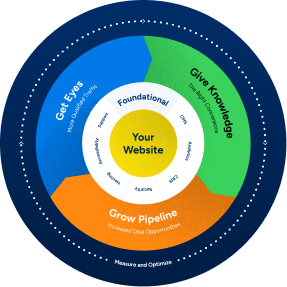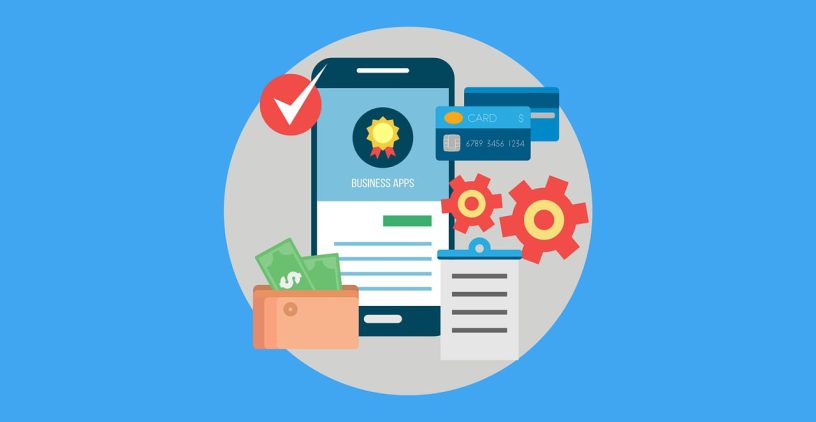Though the first smartphone was actually invented and developed way back in 1992, it was the release of Apple’s iPhone in 2007 that brings the concept of mobile apps into the forefront of the consumer marketplace. Fifteen years after their introduction, mobile apps are still going strong. Most businesses have already checked off the “release a companion app” item from their task lists.
There was a reasonably long period where mobile apps were both considered the height of modernity and predicted to be intrinsic to the future. Until recently, web apps were not a predominant part of that conversation, but all that has changed.
What Exactly Is a Web App?
A Web application (web app) is a program that is stored on a remote server and is accessible using any web browser. The user interface, or the frontend, generally has a code with languages that are standard among major browsers. This includes HTML, CSS, or Javascript. The backend development, or “under the hood”, can be almost any programming language. The most popular at the moment being Ruby, PHP, Java, .Net, and Python.
Web apps are accessible by the end-user via the internet browser of their choice. The app adapts to the interface optimally and display on whichever device is in use. They are not native to any particular system. They also do not need a download or installment, nor do they generally need to grant any permissions. There are, of course, occasional requests for things like location. However, it is possible to deny these without preventing use of the Web app. Though web apps appear to respond like native apps when well designed, they do not remain on the device when you navigate away from the site.
How Are Web Apps Different from Native Mobile Apps?
To understand why Web apps are valuable, it’s important to recognize how they differ from their cousin, the native mobile app. These apps are for a specific platform, most commonly Android OS (for Android smartphones) or iOS (for Apple devices). They are downloaded from an app store or via the web and are then installed and run on the local device.
These apps then have specific permissions to resources on the device to function properly. For example, Waze has access to the GPS on your smartphone. Instagram has access to your camera. Facebook often has access to your contacts. Users have the option of whether or not to grant or refuse these permissions. However, often the apps will not function if there was a deny to access to the system resources that are intrinsic to their functioning.
Advantages of Web Apps for B2B Businesses
Web apps are much less expensive to build and develop than mobile apps because they are not platform-specific. Unlike native mobile apps, the build does not need to use specific languages with a re-build for each platform.
Despite the lack of a standard software development kit, an infinite number of templates are available to developers, which make web apps quicker and easier to build. They update themselves upon a user visit to the site, unlike mobile apps, which the user must download each time the developer releases a new version.
They are also significantly easier to maintain than mobile apps. Since they do not require app store approval, they can launch far more quickly than a native mobile app.
Disadvantages of Web Apps
The main disadvantage of web apps is that they do not work offline. Though there is a trend toward a class of web apps known as “progressive web apps,” or PWAs, which can be stored and launched without a network connection, the main functionality of most current web apps requires access to a remote database that is continually updated, so using this type of web app comes with its own set of reduced functionality.
Web apps also tend to be slower than mobile apps and are less advanced in terms of features because they do not have access to native services.
Their lack of placement in app stores means that they don’t have to go through a time-consuming approval process, but it also means they are often not as discoverable as native apps in the major stores.
Are Web Apps Safe?
As with any electronic product, there are security vulnerabilities to address to prevent data breaches and a decrease in functionality. No solution will ever be 100% safe for anything that can become digital.
Luckily, the implementation of a web application firewall (WAF) is a security mechanism that is highly successful at protecting web applications from various cyber threats and hacking attacks. At GoingClear, one of our core activities is designing web applications for B2B companies. The software development life cycle that GoingClear experts employ includes security measures during every phase of building, testing, and rollout.
The GoingClear Promise
It wouldn’t be wise to share any specifics on our security measures. However, clients who work with the GoingClear team can assure that the following standards are some of the strategies we implement to prevent cyber attacks:
- Cookies are not used to store critical or sensitive information
- All cookies are encrypted with monitored and controlled expiry dates
- Unwanted and unsecured HTTP traffic is blocked by a web application firewall
- Sessions in order to prevent hijacks, sniffing, and cross-site scripting attacks.
Web App Development at Any Stage
Whether your company needs a new application or it already has a current web app that is the primary driver for your business, GoingClear specialists can help. Using the Agile method for software development, we offer full-stack development from professionals that are eager to customize and refine protocols and outcomes until your web app has reached the shining standout status that your clients require.

